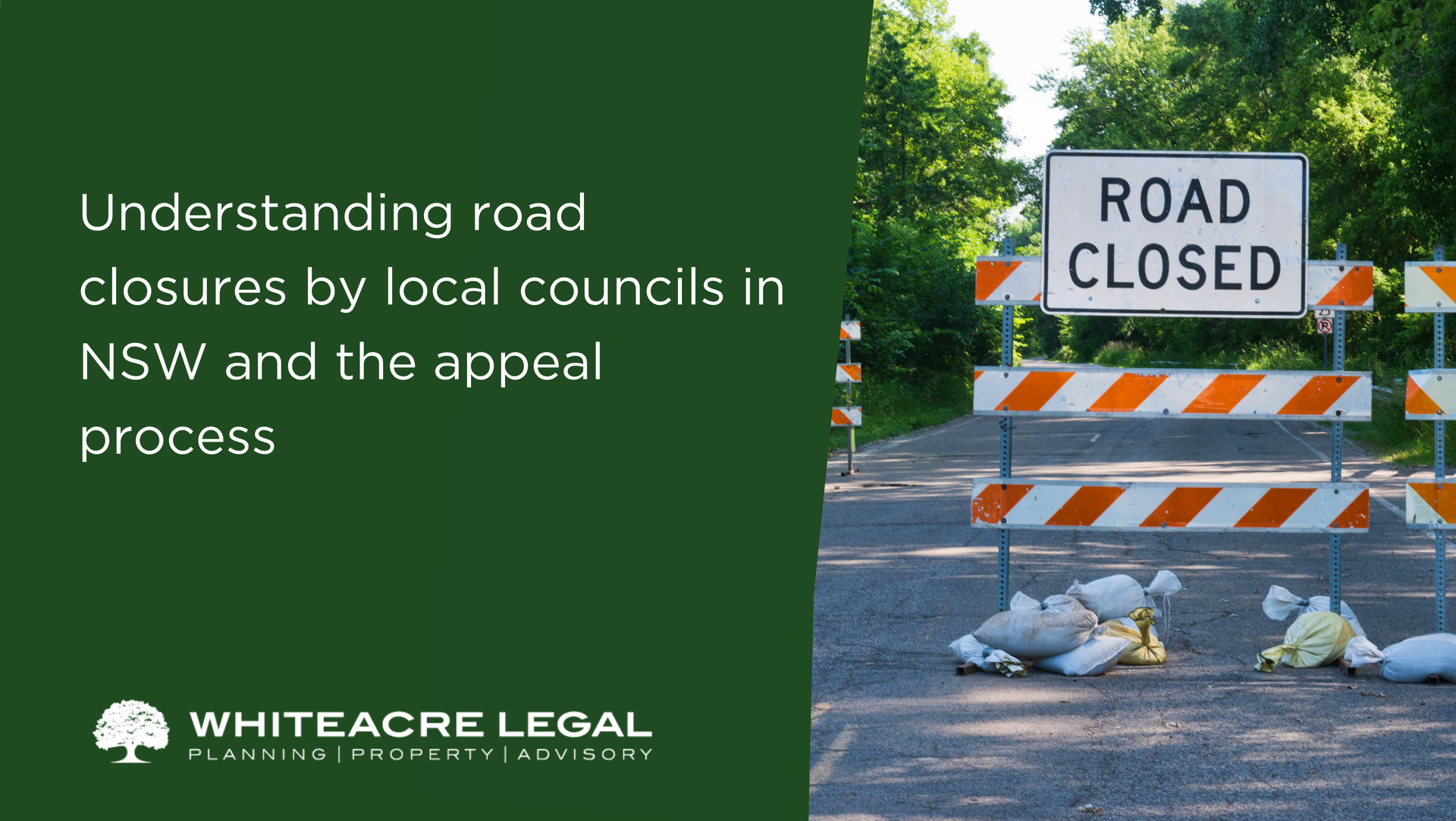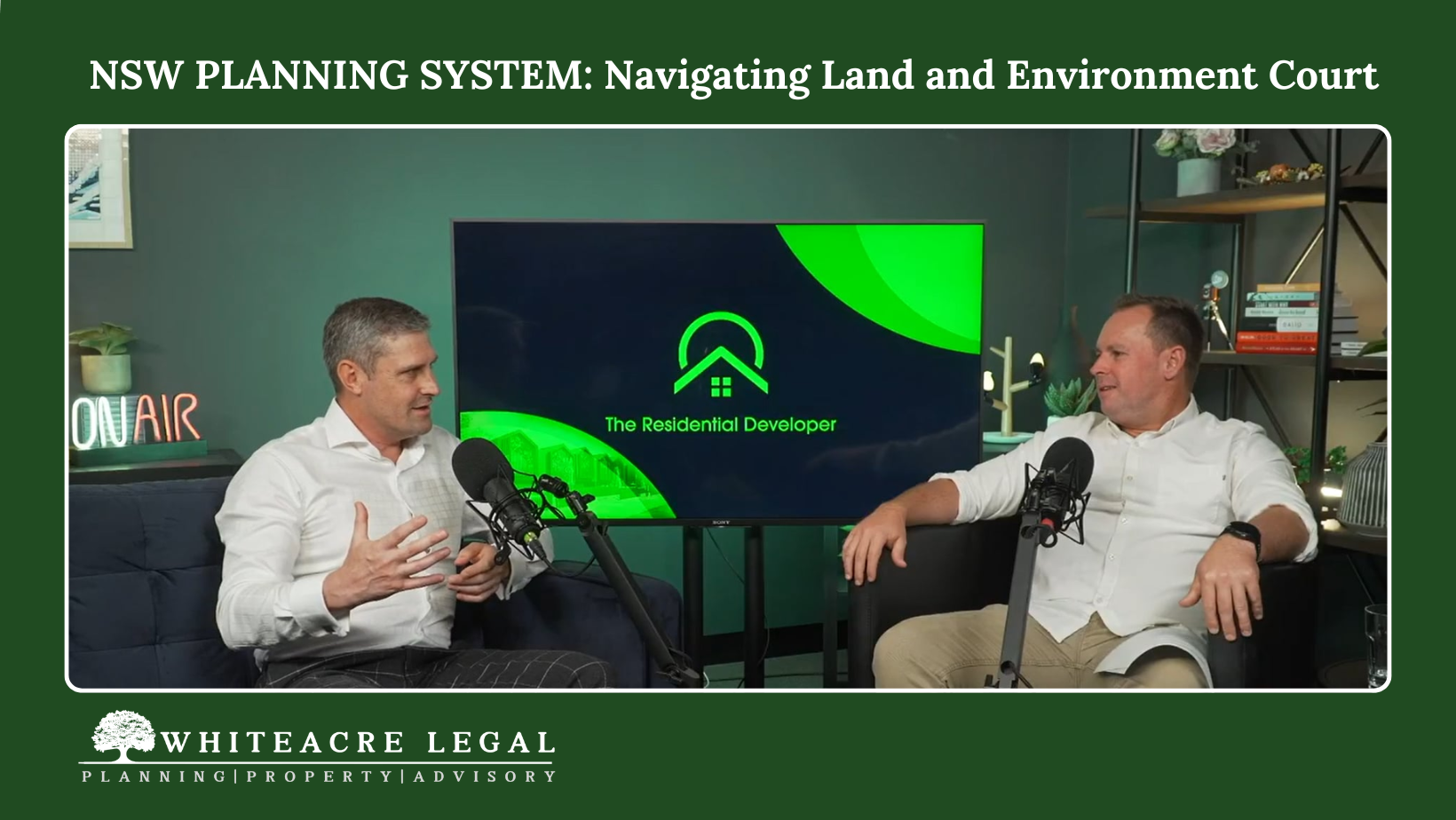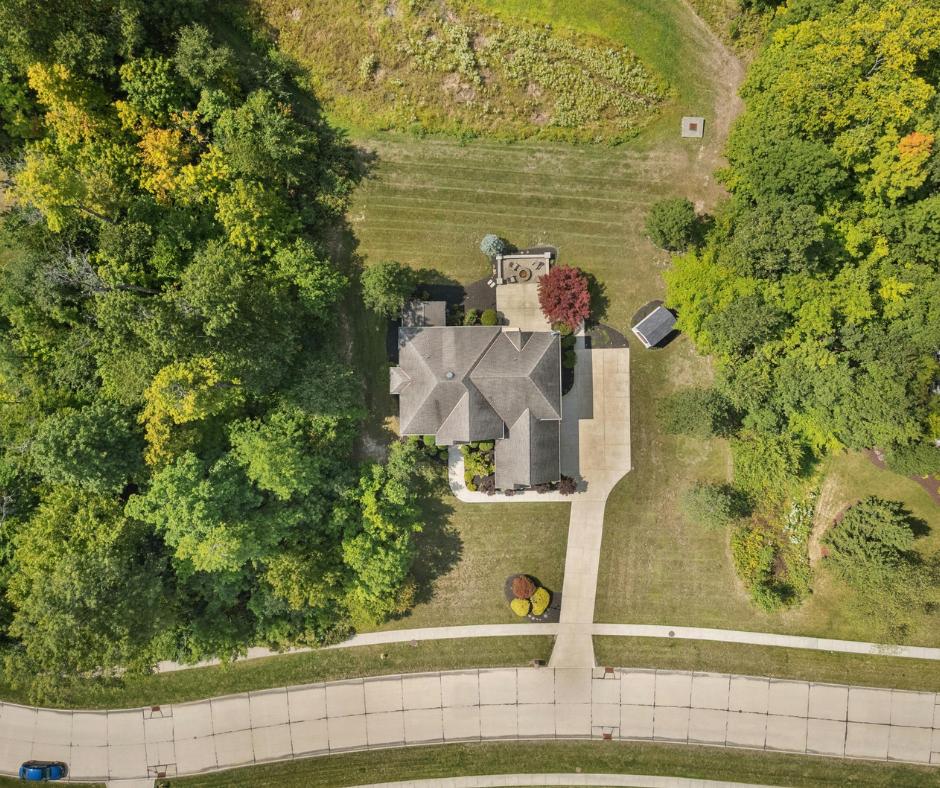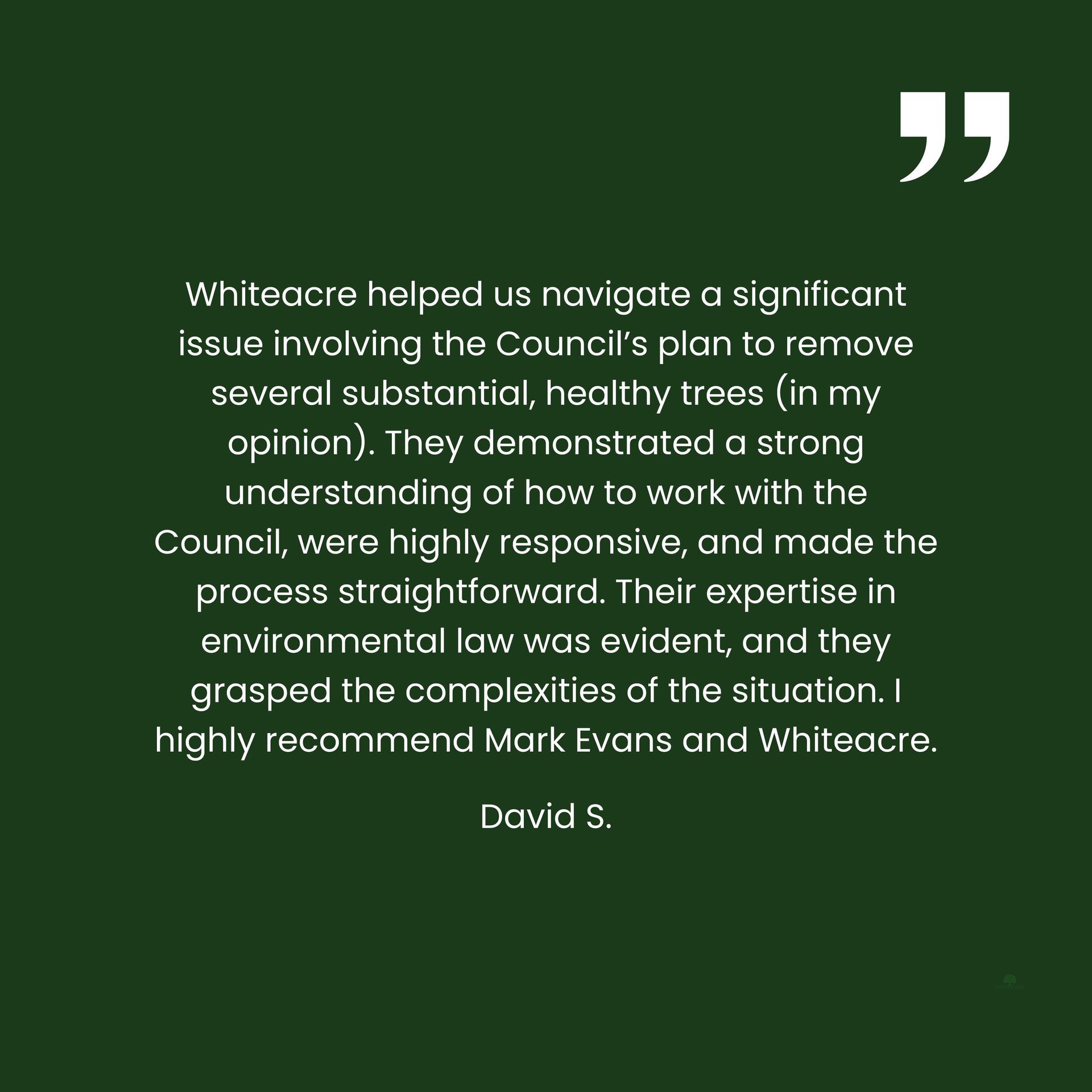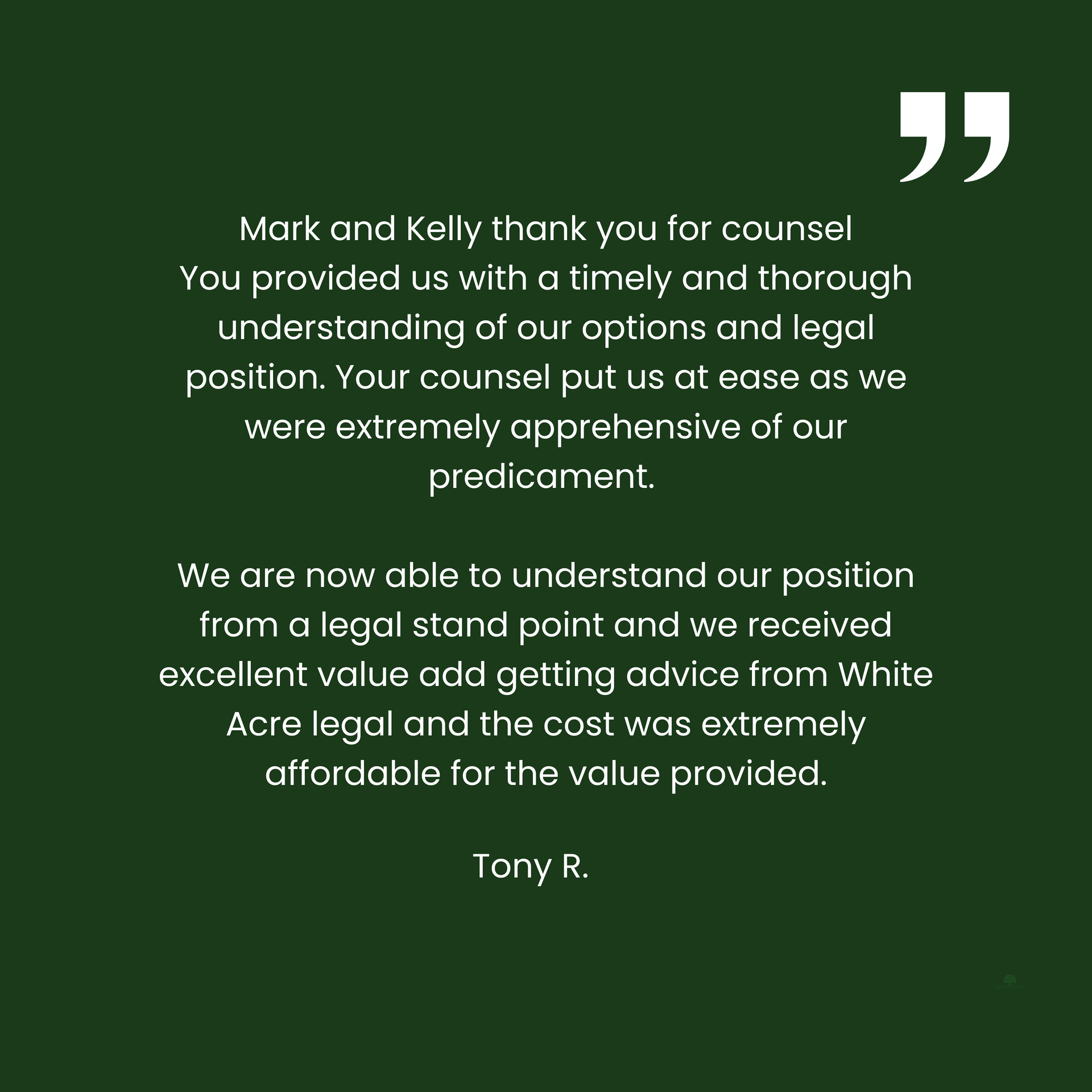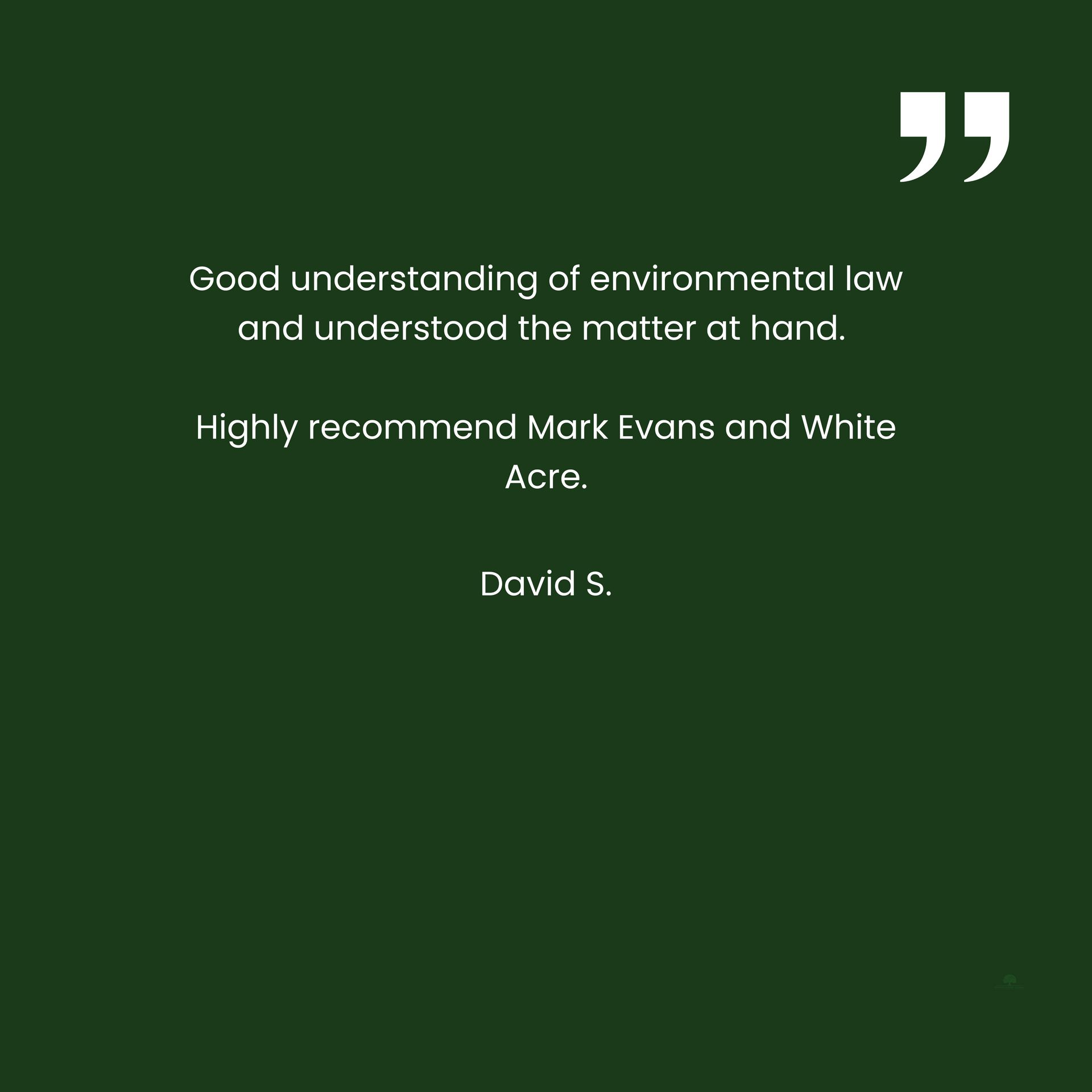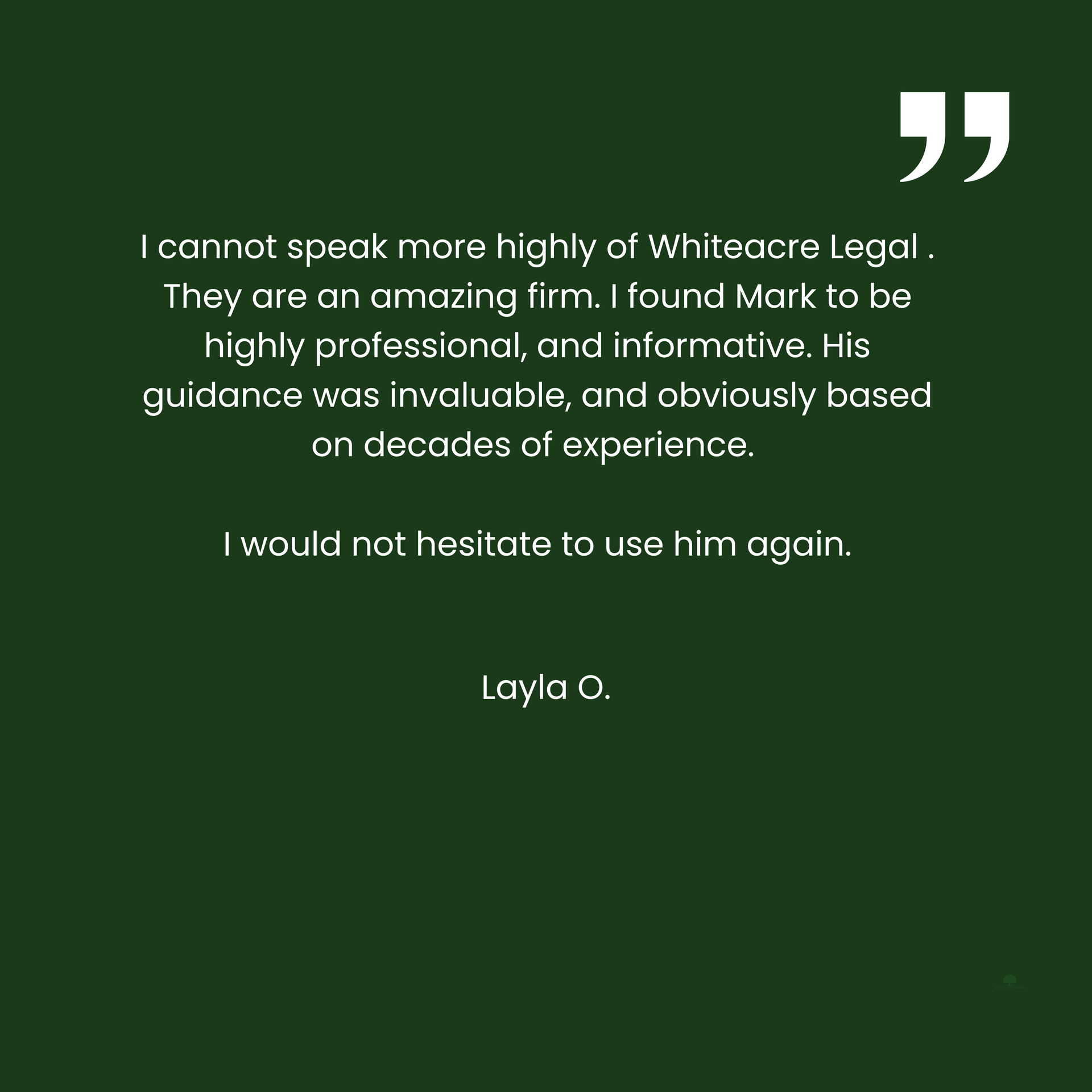Existing Use Rights – Part Two
This article explores existing use rights, specifically expanding and intensifying existing uses, and changes of existing uses. Part One examined the nature of existing use rights and how they are characterised. That article can be accessed here
Expanding and intensifying the existing use
While existing use and other lawful use rights are protected under sections 4.66 and 4.68 of the Environmental Planning and Assessment Act 1979 (EPA Act), the protection is limited to the continuance of those uses.
Nothing in those sections authorises:
(a) any alteration or extension to or rebuilding of a building or work;
(b) any increase in the area of the use made of a building, work or land;
(c) any enlargement or expansion or intensification of the use; or
(e) the continuance of the use where that use is abandoned.
That is not to say that existing uses cannot be enlarged or intensified or even changed to another use. The right to do so is found in the Environmental Planning and Assessment Regulation 2021 (EPA Regulations).
Section 4.67 of the EPA Act provides that the EPA Regulations may make provision for:
(a) The carrying out of alterations or extensions to or the rebuilding of an existing use;
(b) The change of an existing use to another use; and
(c) The enlargement or expansion or intensification of an existing use.
The EPA Regulations and incorporated provisions
Clauses 162 – 167 of the EPA Regulations contain provisions that allow:
a. the enlargement, expansion and intensification of existing uses (cl 164);
b. the alteration of a building or work used for an existing use (cl 165);
c. the rebuilding of a building or work used for an existing use (cl 166); and
d. the change of an existing use to another existing use (cl 163 and 167).
The provisions of the EPA Regulations (clauses 162-167 above) are taken to be incorporated in every environmental planning instrument (EPI). For this reason, these clauses are referred to as the “incorporated provisions”.
Section 4.67(3) of the EPA Act (previously s 108(3) of the Act) provides that the provisions of any EPI (like a local environmental plan) that derogate from the incorporated provisions have no force or effect.
4.67 Regulations respecting existing use
(cf previous s 108)
(1) The regulations may make provision for or with respect to existing use and, in particular, for or with respect to—
(a) the carrying out of alterations or extensions to or the rebuilding of a building or work being used for an existing use, and
(b) the change of an existing use to another use, and
(c) the enlargement or expansion or intensification of an existing use.
(d) (Repealed)
(2) The provisions (in this section referred to as the incorporated provisions) of any regulations in force for the purposes of subsection (1) are taken to be incorporated in every environmental planning instrument.
(3) An environmental planning instrument may, in accordance with this Act, contain provisions extending, expanding or supplementing the incorporated provisions, but any provisions (other than incorporated provisions) in such an instrument that, but for this subsection, would derogate or have the effect of derogating from the incorporated provisions have no force or effect while the incorporated provisions remain in force.
[our emphasis]
So to recap thus far.
- The protections afforded in the EPA Act to existing uses and other lawful uses simply allow the continuance of that use.
- The EPA Act provides that the EPA Regulations may make provision for expansion and intensification of existing uses and the change of existing uses.
- The provisions of the EPA Regulations relating to existing uses are referred to as the incorporated provisions and are deemed to be incorporated into every EPI, including local environmental plans.
- The EPA Act states that an EPI may extend or supplement the incorporated provisions but, to the extent that the EPI contains provisions which may derogate from the incorporated provisions of the EPA Regulations, those provisions in the EPI have no force or effect.
The question of whether the provisions of an EPI, particularly local environmental plans, derogate from the incorporated provisions, and the related question regarding how such development applications ought to be assessed by consent authorities, has been the subject of considerable legal debate.
Legal consideration of applications to expand or intensify existing use rights and change of existing use rights. What it means to “derogate” from the incorporated provisions.
Lloyd J considered the effect of s 4.67(3) (then s108(3)) in Fabcot Pty Ltd v Hawkesbury City Council (1997) 93 LGERA 373 (Fabcot) at 578, particularly the meaning of “derogate”:
“Section 108(3) uses the word ‘derogate’ the ordinary meaning of which is ‘to repeal or abrogate in part; to destroy or impair the force or effect of; to lessen the extent of; to detract from; to disparage, to depreciate’ (The Shorter Oxford Dictionary). In the Macquarie Dictionary the word is defined in the sense of ‘to detract’. The relevant provisions of the environmental planning instrument in this case, namely cl 9 and the objectives of the zone, would clearly derogate from the incorporated provisions.
Accordingly, those provisions of the local environmental plan have no force or effect. However, it is only those provisions of the local environmental plan which would derogate or have the effect of derogating from the incorporated provisions which have no force or effect…”
In Iris Diversified Property Pty Ltd v Randwick City Council [2010] NSWLEC 58, (Iris Diversified) Her Honour Pain J held that development standards in an LEP which constrain a consent authority’s discretion to approve a change of use did not necessarily “detract from, lessen the extent of or impair or depreciate the change of use to the existing use permitted” and thus did not derogate from the incorporated provisions.
In Iris Diversified, the Applicant proposed a change of use to residential flats of part of a site that benefited from existing use rights for the purposes of a hotel.
Clause 41(1)(d) of the EPA Regulations (now cl 163(1)(d)) provided that an existing use may be changed to another use, but only if that other use is a use that may be carried out with or without development consent:
41 Certain development allowed
(1) An existing use may, subject to this Division:
(a) be enlarged, expanded or intensified, or
(b) be altered or extended, or
(c) be rebuilt, or
(d) be changed to another use, but only if that other use is a use that may be carried out with or without development consent under the Act…
[our emphasis]
Clause 41(1)(d) is identical in terms to the current clause 163(1)(d) of the EPA Regulations.
Commonly in planning law, the phrase “development that may be carried out with development consent” is understood by many to mean that the development is not prohibited under the relevant local environmental plan. That is, the proposed development is listed in the land use table as development that may be carried out in the zone with development consent. Applying this interpretation to cl 41(1)(d), an existing use could be changed to another use, provided that other use is not prohibited development. Development standards in an LEP like height and floor space ratio standards could not be used to refuse the development application because to do so would derogate from the incorporated provisions and, pursuant to s. 4.67(3) ought to have no force or effect.
By contrast in Iris Diversified, the Council contended that the phrase, “but only if that other use is a use that may be carried out with development consent” meant that the existing use could only be changed to another use if development consent was actually obtained for that other use. The development standards in the LEP did not derogate from the incorporated provisions because it was only by reference to those development standards that it could be determined that the proposed use was a “use that may be carried out with development consent.”
Her Honour Pain J held at [30],
“The issue that arises for determination for the first time is whether cl 41(1)(d), as incorporated in the LEP by virtue of s 108(2), allowing a change to a use permissible with or without development consent, is derogated from if the change of use is assessed against the development standards in an LEP.”
Ultimately, Her Honour found that assessment of the proposed change of use against the development standards in an LEP did not derogate from the incorporated provisions.
Her Honour held at [50]:
“Adopting the meaning of derogate applied in Carden and Fabcot and applying an ordinary meaning to the words in cl 41(1)(d), I do not consider that the application of development standards in the LEP to the assessment of a conforming use as defined under the land use table is a derogation to which s 108(3) refers. Such an approach will not detract from, destroy or impair the operation of cl 41(1)(d). Section 108(3) contemplates that other provisions of the LEP will expand on the incorporated provisions. The assessment of the otherwise conforming use in accordance with the relevant development standards in the LEP does not derogate from the incorporated provision which is cl 41(1)(d).”
In Cracknell & Lonergan Architects Pty Ltd v Leichhardt Municipal Council [2012] NSWLEC 194 (Cracknell & Lonergan) Craig J followed Iris Diversified and held that the proposed demolition of an existing warehouse building and erection of two-storey residential flat building was subject to development standards in the Leichhardt Local Environmental Plan 2000 and development controls of the Leichhardt Development Control Plan 2000.
His Honour found that those standards and controls did not “derogate” from the incorporated provisions, namely cl 41(1)(d) which required that the proposed use be one "that may be carried out with or without development consent". Permissibility of the use was determined by reference to all provisions of applicable planning instrument including development standards under the relevant local environmental plan and development control plan.
Relating to this issue, at [65] His Honour held:
“… A given form of land use can only correctly be described as development that is either permitted or permissible by reference to the land use table of a planning instrument if the particular form of land use proposed has such characteristics as are specified in the planning instrument, that enable that land use to be identified as a use "that may be carried out with or without development consent under the Act". The presence or existence of those characteristics will often be necessary in order to make that determination…”
In other words, to determine whether a proposed use is one “that may be carried out with development consent” one must consider whether the proposed land use has the required characteristics set out in the local environmental plan and the development control plan. It is reference to those instruments that determines the permissibility of the proposed land use.
Considering whether regard to the local environmental plan “derogates from” the incorporated provisions, His Honour said at [68]:
“When the characteristics of a particular form of activity are necessary to be present in order to determine whether, in the example given, the activity is exempt development and therefore a use permitted without development consent, the stipulation of those characteristics by reference to provisions of LEP 2000 does not "derogate" from cl 41(1)(d). On the contrary, their existence is necessary to determine whether the power provided by the subclause is able to be exercised. This illustrates the proposition, contrary to the Architects submission, that the land use table or other provision identifying generic permissibility is not necessarily the sole source of reference for the purpose of determining whether a particular form of land use may be carried out without development consent.”
In summary, Craig J held (at [72]) that regard must be had to more than the mere designation of a particular land use in the land use table as “permissible with consent” to determine whether a proposed change of use from an existing use is permissible.
Finally, in Saffioti v Kiama Municipal Council [2019] NSWLEC 57 (Saffioti), His Honour Preston CJ confirmed at [65] the decisions in Iris Diversified and Cracknell & Lonergan that provisions of a local environmental plan fixing development standards for development do not derogate from the incorporated provisions.
In Saffioti, the Commissioner of the Land and Environment Court had refused the applicant’s development application to erect a new dwelling on the land and convert the existing dwelling to an artist’s studio, relying on existing use rights. The Commissioner refused the application because he was not satisfied that:
- the proposed development was designed, sited and managed to avoid, minimise or mitigate any significant adverse environmental impacts on terrestrial biodiversity, as he said he was required to be under cl 6.4(4) of the Kiama Local Environmental Plan 2011 (KLEP); and
- the proposed development complied with five controls in Kiama Development Control Plan 2012 (KDCP).
The KLEP prohibited the erection and use of a dwelling on land in the E2 Environmental Conservation Zone. By s 4.3 of the EPA Act, a person must not carry out development that is prohibited. However, by s 4.66(1) of the EPA Act, nothing in the EPA Act or KLEP prevents the continuance of an existing use. Hence, Ms Saffioti could continue to use her land for a dwelling. Further, cl 42 of the EPA Regulations allowed Ms Saffioti to seek development consent to enlarge, expand or intensify that use, even though the use was prohibited in the zone.
Chief Justice Preston confirmed the Commissioner’s findings and held that cl 6.4(4) of KLEP did not derogate from the provisions of cl 41(1)(a) and cl 42 of the EPA Regulations which allows, with development consent, the enlargement, expansion and intensification of an existing use.
His Honour stated at [63]:
“…Clause 6.4(4) of KLEP did not derogate from the incorporated provisions. Clause 6.4(4) does establish factual preconditions about which the consent authority must be satisfied in order to enliven the power to grant consent to development on land to which clause 6.4 applies. However, there is nothing about these factual preconditions that operate to prevent a consent authority from being satisfied that they are met in the individual circumstances of any development. The “development” to which cl 6.4(4) refers is the development the subject of the development application. In the case of a development application to change an existing use in some way permitted by the incorporated provisions, the development will be this development to change the existing use. There is nothing inherent in development involving a change in an existing use that would preclude such development being designed, sited or managed to avoid any significant adverse environmental impact, or to minimise that impact, or to mitigate that impact. Hence, a provision requiring a consent authority to be satisfied, before being able to grant consent to such development, that the development is designed, sited or managed to avoid, minimise or mitigate any significant adverse environmental impact does not derogate from the incorporated provisions that permit a development application for such development to be made.”
The relevant provision in the local environmental plan did not prohibit a development application being made to enlarge, expand or intensify the existing use. The proposed enlargement of the existing use could have satisfied the requirements of cl 6.4(4) of the KLEP. Accordingly, the provision did not “derogate” from the incorporated provisions and the proposed development was required to comply with that provision.
In summary, at [69] His Honour held:
“Accordingly, there is no entitlement to change an existing use in one or more of the ways permitted by the incorporated provisions, only to make a development application seeking consent to change an existing use in one or more of the ways permitted by the incorporated provisions and have a consent authority consider and determine that development application.
The test, therefore, is not whether cl 6.4(4) of KLEP detracts from or deleteriously impinges upon any entitlement to enlarge, expand or intensify the existing use, but rather the entitlement to make, and have the consent authority consider and determine, a development application seeking consent to enlarge, expand or intensify the existing use.”
Key Takeaways
- The protections afforded in the EPA Act to existing uses and other lawful uses simply allow the continuance of that use.
- The EPA Act provides that the EPA Regulations may make provision for expansion and intensification of existing uses and the change of existing uses.
- The provisions of the EPA Regulations relating to existing uses are referred to as the incorporated provisions and are deemed to be incorporated into every EPI, including local environmental plans.
- The EPA Act states that an EPI may extend or supplement the incorporated provisions but, to the extent that the EPI contains provisions which may derogate from the incorporated provisions of the EPA Regulations, those provisions in the EPI have no force or effect.
- Following Iris Diversified and Cracknell & Lonergan the provisions of local environmental plans and development control plans like height controls, floor space ratios and character relevant to determine whether proposed development to change an existing use of land to another use is permissible do not derogate from the incorporated provisions of the EPA Regulations.
- Following Saffioti, provisions of a local environmental plan fixing development standards for development do not derogate from the incorporated provisions that allow the enlargement, expansion and intensification of an existing use. There is no entitlement to change an existing use in one or more of the ways permitted by the incorporated provisions, only to make a development application seeking consent to change an existing use in one or more of the ways permitted by the incorporated provisions and have a consent authority consider and determine that development application.
Whilst seemingly simple, the topic of existing use rights is complex. The complexity increases when considering the ability to change the existing use or expand or intensify the existing use. Landowners are well advised to seek competent and professional planning law advice to understand whether they may benefit from existing use rights or how they might expand or intensify those rights.
Disclaimer
The contents of this article are a general guide and intended for educational purposes only. Determination of the types of issues discussed in this article is complex and often varies from case to case and involves an understanding of matters of fact and degree. Opinions on those matters can vary and be matters on which reasonable minds may differ.
DO NOT RELY ON THIS ARTICLE AS A SUBSTITUTE FOR COMPETENT LEGAL ADVICE.
Require further Assistance? Please do not hesitate to call us on (02) 9145 0900 or make an enquiry below.
Browse by categories

Servicing all of NSW, Whiteacre provides expert property law and planning and environment law advice and assistance.
✓ Planning Law Advice
✓ Land and Environment Court Appeals
✓ Voluntary Planning Agreements and Contributions
✓ Development Control Orders and Enforcement
✓ Property Development Advice and Due Diligence
✓ Title Structuring
✓ Easements and Covenants
✓
Strata and Community Title legislation
Book an initial consultation through our website with our planning law solicitor. Whether it's about planning and environment law or property law, you can approach us and discuss your matter to make sure we are a good fit for your requirements.



